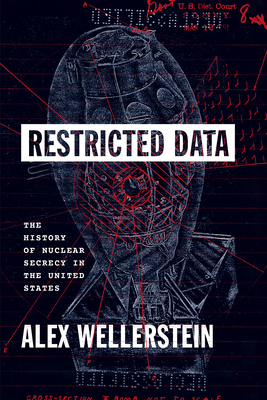What do you think?
Rate this book


528 pages, Hardcover
First published January 1, 2021
Keeping the bomb secret from people who doubted the wisdom of spending thousands of millions of dollars on physics projects may have been more important to the success of the Manhattan Project than keeping the bomb secret from the Germans. A Nazi atomic effort did not have the power to stop the American work in its tracks—only Congress could do that.This book felt balanced, thorough, and comprehensive, allowing a solid understanding of the emergence and subsequent maintenance of our security state. Professor Wellerstein does note that while we may find our national secrecy policies objectionable, most, if not all, nuclear states provide little to no insight into their programs. There’s an awful lot of grey between the black and white of this tale.